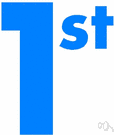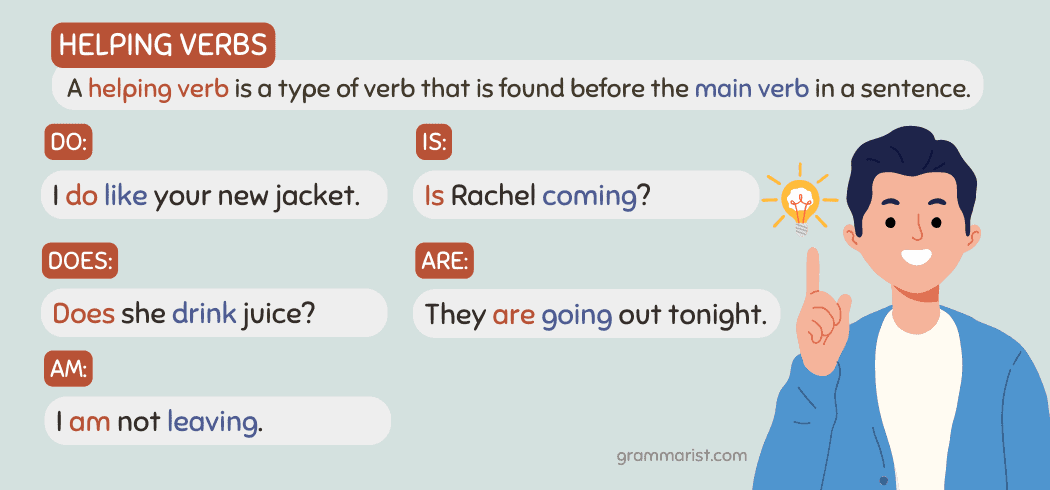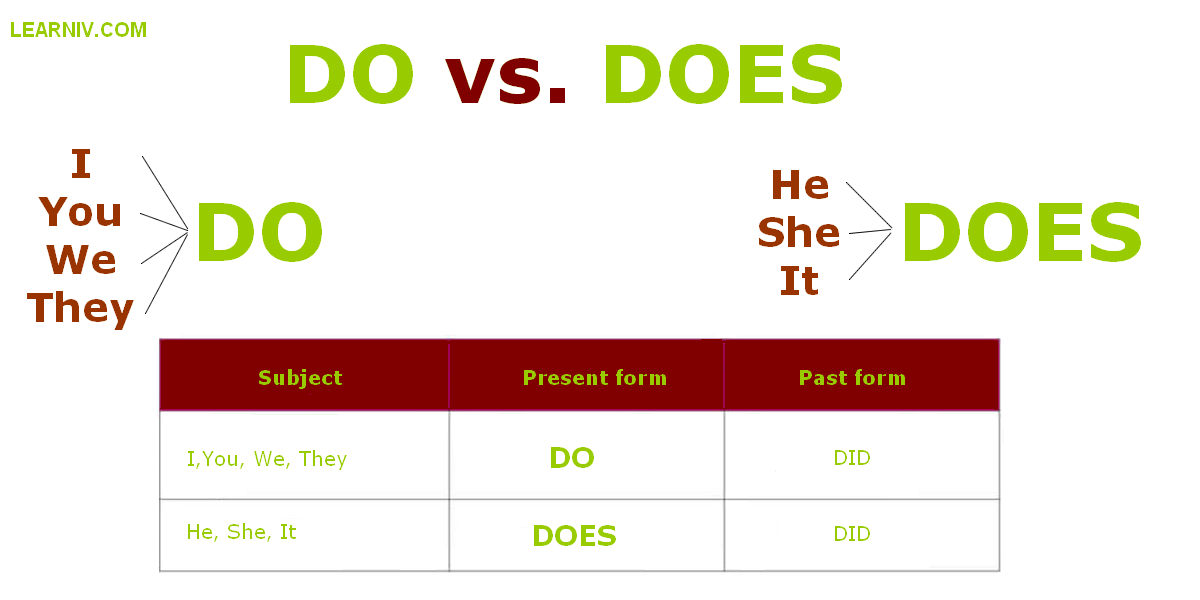Career Portfolio vs Resume: What Sets Them Apart and How Each Can Boost Your Job Search
Introduction
In today’s competitive job market, having a clear understanding of how to present your skills and achievements can make a significant difference in your career advancement. Two of the most commonly used tools- career portfolios and resumes -serve distinct purposes, and knowing when and how to use each can amplify your chances of standing out to employers. This article explores the core differences between a career portfolio and a resume, provides real-world examples, and offers actionable guidance for job seekers aiming to maximize their professional presentation.
Purpose: Explaining vs. Demonstrating Your Value
The
primary purpose
of a
resume
is to provide a concise summary of your qualifications, work history, skills, and education. It serves as a snapshot for employers to quickly determine if you meet the basic requirements for a position. In contrast, a
career portfolio
is designed to
showcase
your actual work. It does so by providing detailed examples and evidence of your abilities, such as project reports, design samples, writing clips, or case studies. In other words, a resume
tells
what you did, while a portfolio
shows
what you can do in practice
[2]
[1]
.
Example
If you’re a marketing professional, your resume might list “Created three successful digital campaigns that increased engagement by 30%.” In your portfolio, you could include screenshots of campaign materials, analytics reports, and a summary of your strategic process for each campaign.

Source: hipcv.com
Format and Content: Brevity vs. Depth
Resumes
are typically limited to one or two pages. They use a standard, text-based format to summarize work experience, education, and skills. The focus is on brevity and relevance for the specific job you’re applying to. On the other hand,
career portfolios
have
no fixed length
and can be as extensive as needed to showcase your best work. They often include a combination of text, visuals, multimedia elements, and detailed project descriptions. This greater depth allows you to
fully demonstrate
your expertise and achievements
[3]
[4]
.
Practical Application
Consider maintaining a master portfolio that holds all your best work samples. When applying for a specific job, you can select the most relevant pieces to share. Your resume, meanwhile, should always be tailored to each application, highlighting experiences and skills that match the job description.
Visual Appeal and Interactivity
Resumes generally follow a traditional, plain design to facilitate quick reviews by hiring managers. In contrast, career portfolios allow for creativity, featuring images, videos, infographics, and even interactive components such as clickable project links or embedded media. This makes portfolios especially effective in fields where demonstrating visual or technical skills is important, such as design, writing, engineering, or digital marketing [1] .
Example
A graphic designer’s portfolio might include high-resolution images of logo designs, a video walkthrough of a brand identity project, and downloadable files of print materials. These elements cannot be conveyed on a traditional resume.
Longevity and Adaptability
Resumes are dynamic documents that should be updated regularly and customized for each job application. They focus on your most recent and relevant experiences. Career portfolios serve as a comprehensive, ongoing record of your professional development, showcasing your growth, key projects, and accomplishments over time. Portfolios can be updated as your career advances, and you can draw from them to tailor resumes for new opportunities [1] .
When to Use Each Tool
Most employers require a resume for every job application, regardless of the industry. Portfolios, however, are particularly essential in creative, technical, or consulting fields where showing your work provides critical evidence of your capabilities. Increasingly, professionals in other industries-such as project management, IT, and even education-are using portfolios to provide a competitive edge, though not all roles require or benefit from one [4] .
Action Steps:
- Always prepare a tailored resume for each application.
- Develop a master portfolio with your best work samples, updating it regularly as your career progresses.
- For jobs requiring a portfolio (like design, writing, or tech), select and organize the most relevant samples for each opportunity.
- If you’re unsure whether a portfolio is needed, review job postings for requirements or reach out to the employer’s HR department for clarification.
How to Create a Career Portfolio: Step-by-Step Guide
Building an effective career portfolio can be accomplished in several steps. Here’s a practical approach:
- Collect Work Samples: Gather tangible examples of your work, such as reports, presentations, designs, articles, coding projects, or client feedback.
- Organize by Category: Group your work by skill area, project type, or chronology to make it easy for viewers to navigate.
- Add Context: For each sample, include a brief description explaining your role, the skills demonstrated, and the outcome or impact.
- Choose a Format: Decide between a physical binder, a PDF, or a digital portfolio (website). Digital portfolios are increasingly preferred due to their accessibility and interactive features.
- Update Regularly: Incorporate new achievements and remove outdated or less relevant work to keep your portfolio current and impressive.
Challenges and Solutions
One common challenge is deciding what to include in your portfolio, especially if you have a long career or diverse experience. Focus on quality over quantity; select work that best demonstrates your skills for the target audience. Another challenge is privacy, especially when projects are proprietary or confidential. In such cases, use anonymized samples or get written permission from previous employers before including sensitive material.

Source: strengthstheatre-com.medium.com
Alternative Approaches
For industries where portfolios are less common, you can still benefit from compiling a collection of achievements, testimonials, or case studies to show during interviews or performance reviews. Even a simple PDF with project summaries and results can serve as a portfolio-lite, helping you articulate your value more effectively.
Accessing and Presenting Your Portfolio
Digital portfolios can be hosted on platforms such as LinkedIn (using the “Featured” section), Behance (for creatives), or your own website. If you’re unsure how to start, consider searching for “how to create a professional portfolio” or “digital career portfolio examples” to find step-by-step tutorials from reputable career sites. For physical portfolios, use high-quality printing and organized tabs to present your work professionally during in-person interviews.
If you need further guidance, you can reach out to career services at your university or consult professional organizations within your industry. Many offer portfolio review workshops or one-on-one coaching sessions. For digital portfolio building, look for tutorials or templates on platforms like LinkedIn Learning or Adobe Portfolio, ensuring you use official channels and verified resources.
Key Takeaways
- Resumes provide a concise overview of qualifications and are required for nearly all job applications.
- Career portfolios offer a deeper, visual, and interactive showcase of your work, helping you stand out-especially in creative and technical fields.
- Both tools serve different but complementary roles in your job search strategy.
- Regularly update both your resume and portfolio, and tailor them to each opportunity for maximum impact.
- If you’re unsure whether a portfolio is required, review job postings or consult with industry professionals for guidance.
References
- [1] YES Writing (2025). How to Create a Career Portfolio to Elevate Your Resume.
- [2] Huntr Blog (2024). Resume Vs Portfolio: What’s the Difference?
- [3] Resume Trick (2025). Portfolio vs Resume: What to Choose and How to Write.
- [4] Indeed (2025). Portfolio vs. Resume: What They Include and When to Use Them.



